7 Things You Should Know About Virginia Wine
I LOVE Virginia wine. However, it wasn’t love at first sight (or in this case, love at first sip).
I used to prefer really sweet drinks where you don’t taste the alcohol. My favorite drinks were Sea Breezes (cranberry juice, grapefruit juice, and vodka), Bay Breezes (cranberry juice, pineapple juice, and vodka), or Screwdrivers (orange juice and vodka). Do you see a trend here? 😉
Then, I tasted White Zinfandel and liked it. It became my go-to wine (don’t judge).
Several years later, a friend I used to hang out with helped me discover another wine I liked. He was a huge wine lover and an active member of a wine club. When I told him that I didn’t like wine, he took it as a personal challenge.
From then on, every time we’d hang out, he’d bring over a bottle of wine for me to taste. For the longest time, I didn’t like any of the wines he brought over.
Then one day, he brought over a bottle of German Riesling in a gorgeous cobalt blue bottle and I LOVED it! That became my drink of choice.
My love affair with Virginia wine began when I moved from Maryland to Northern Virginia in 2012.
I couldn’t believe how many wineries there were within an hour of where I live! Then, when I went with my boyfriend to visit his family in Central Virginia (near Charlottesville), there were even more wineries. They seemed to be everywhere we went!
So I began visiting wineries all over Virginia and continue doing so to this day. With hundreds of wineries throughout Virginia, it’ll take me some time to visit them all…but I’m up for the challenge!
Now, its time for you to get to know Virginia wine, too.
= WHAT YOU SHOULD KNOW ABOUT VIRGINIA WINE =
1. The first grape vines were planted in Virginia nearly 400 years ago.
In 1619, a law was passed by the Virginia House of Burgesses requiring the first colonists to plant 10 vines for each man. The reason? It was thought that in the years to come, vineyards would be one of three key factors in the growth and success of the New Colony; farming and cattle were the other two factors.
In 1771, Thomas Jefferson returned from a trip to Europe, determined to produce wine similar to those he tasted in Italy. He imported some grape vines and brought an Italian man over to tend to them on his land at Monticello. However, despite his efforts, Jefferson was unsuccessful in cultivating the vines and never produced a bottle.
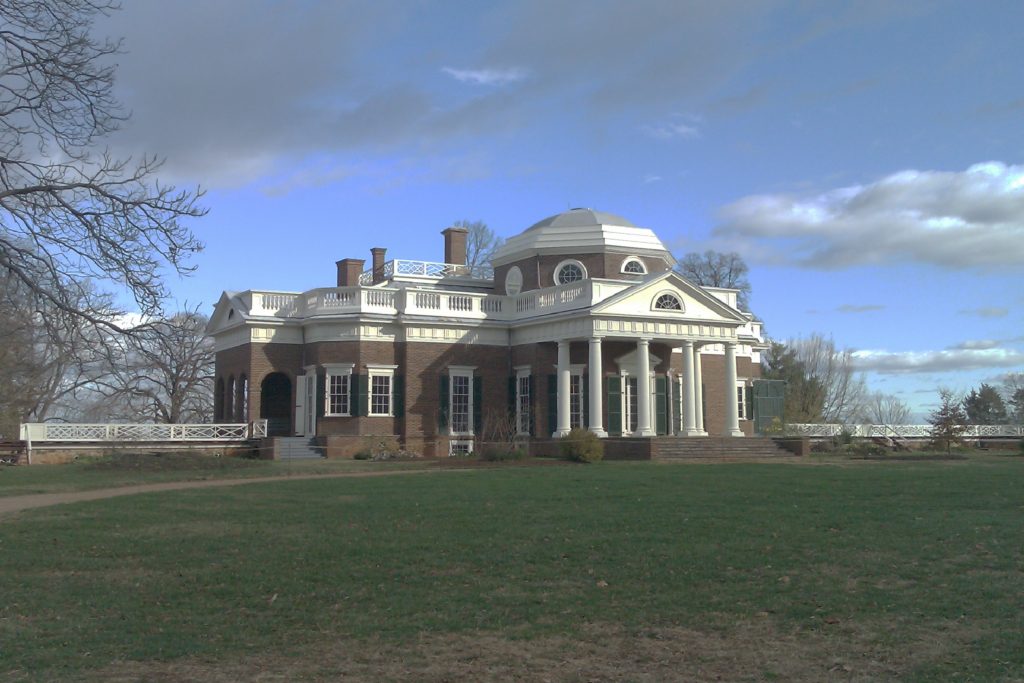
2. Virginia offers the ideal environment for vineyards.
Despite Jefferson’s failed attempt at wine production on his Monticello estate in Charlottesville, Virginia’s “terroir” (pronounced “ter-wahr,” the total natural environment in which the wine is produced) is perfect for growing grapes.
Don’t believe me? Just look at the vast number of wineries across Virginia: 300+ and growing.
The combination of the climate, soil, and elevation aka terroir (pronounced “tare-war”) have attracted winegrowers, resulting in a thriving wine industry and the nickname “the Napa Valley of the East Coast.”
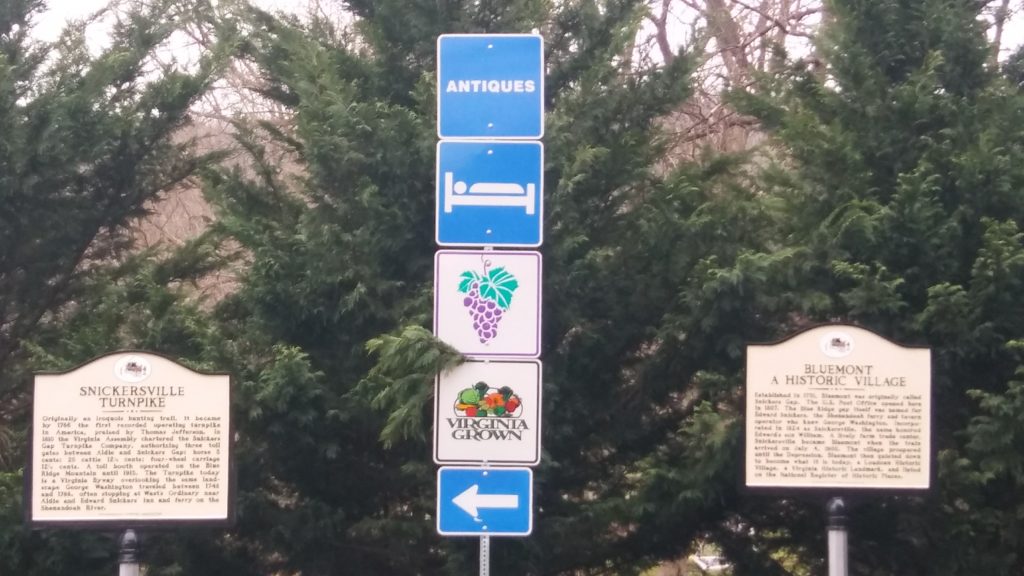
3. Virginia has become a top destination on the East Coast for wine and winery tourism.
On any given weekend (typically during the Spring, Summer & Fall), the parking lots and tasting rooms at Virginia wineries are packed with customers.
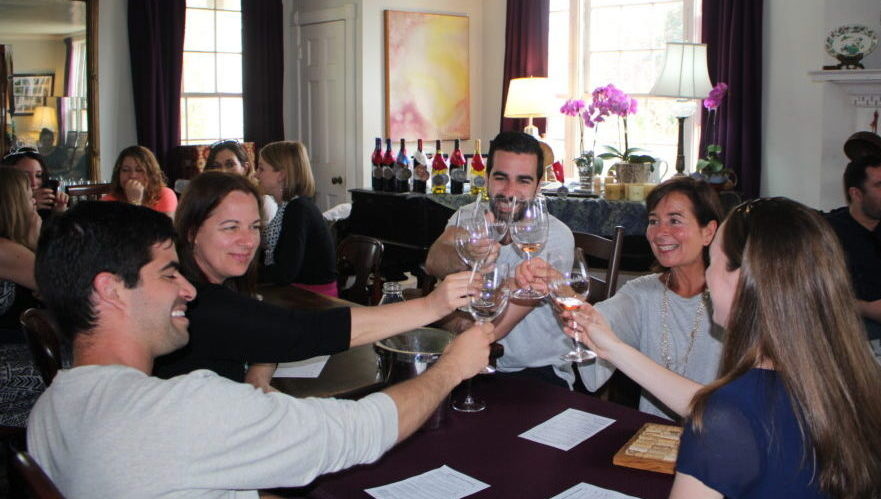
Wine tastings (sometimes paired with food, truffles, and even Girl Scout cookies) and winery tours are popular. Many wineries feature live music and serve food (or have food available on site or from food trucks) as well.
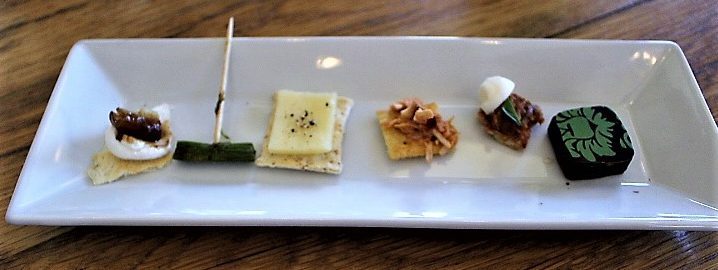
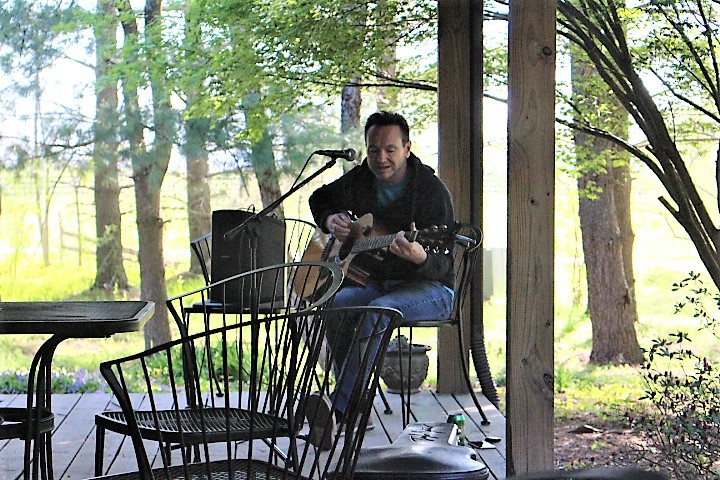
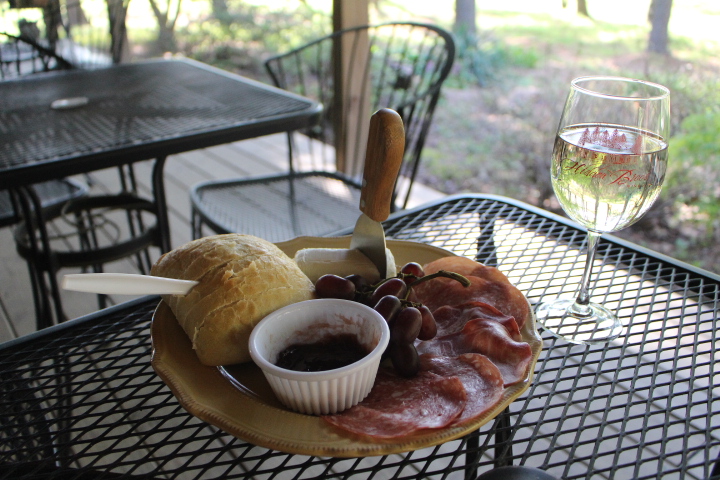
4. Virginia has its own “official” grapes.
Although a wide variety of wines are produced throughout the Commonwealth, there are two grapes that are recognized as Virginia grapes: (1) Viognier (“vee-own-yay”) and (2) Norton.
Viognier grapes can be used to produce dry white wines or sweet, late harvest wines. Norton grapes are used to produce red wines with taste profiles similar to those found in Europe. These native American grapes are named after Dr. Daniel Norton who discovered that they were well suited for growth in Virginia soil.

5. Virginia produces many award-winning wines.
When you visit the wineries throughout Virginia, you will notice many award-winning wines proudly displayed for visitors to see. And proud they should be!
Blood, sweat, and tears…along with a great palate and a lot of know-how…go into every bottle of wine produced.
Every year, the annual Governor’s Cup competition is held. All wine entered into the competition was produced using at least 75% of fruit grown in Virginia (a requirement for wine to be considered Virginia wine).
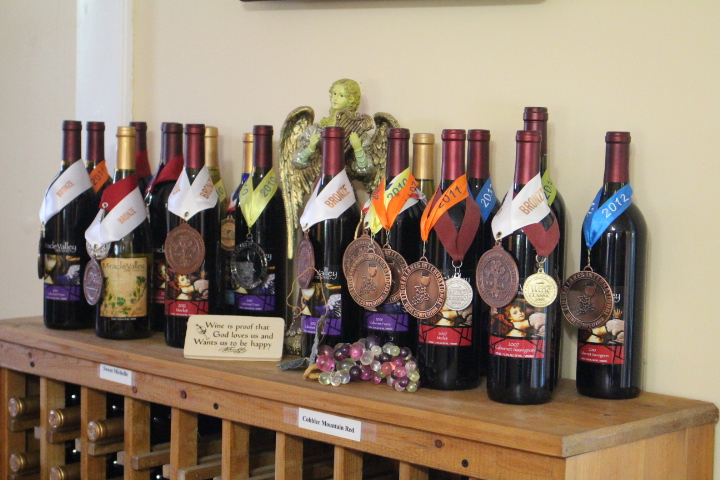
6. Wine festivals are offered throughout the year.
Each year, there are a variety of wine festivals throughout Virginia. At each festival, attendees can taste wine from numerous wineries in one place, making Virginia wine very accessible. For example, the annual Virginia Wine Festival typically showcases 50+ wineries.
In addition to the great selection of wines, festivals also feature a wide array of food, live music, and a variety of vendors.
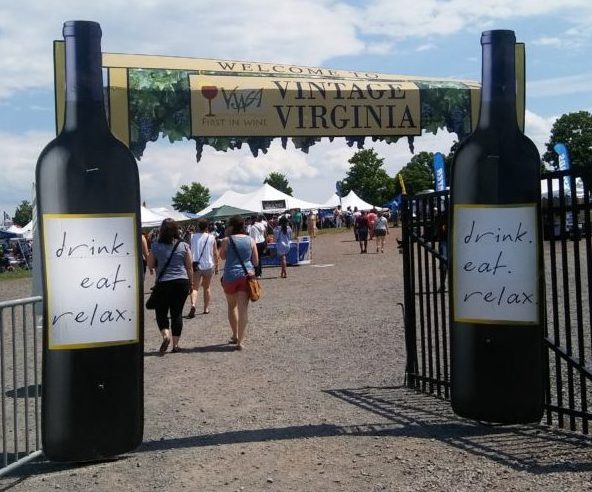
7. The wine industry is one of the fastest-growing agricultural segments in Virginia.
The industry in Virginia contributes $1.37 billion to the economy annually. It is the 5th largest wine producer in the U.S. with the 6th highest number of wineries. (Source: Virginia.gov) As the industry continues to grow, new jobs will be created, thereby lowering the unemployment rate. Win-win!
Many wineries offer amazing scenic views and often, the drive to get to them is just as awe-inspiring. Here are some of my favorite Virginia wineries (so far!)
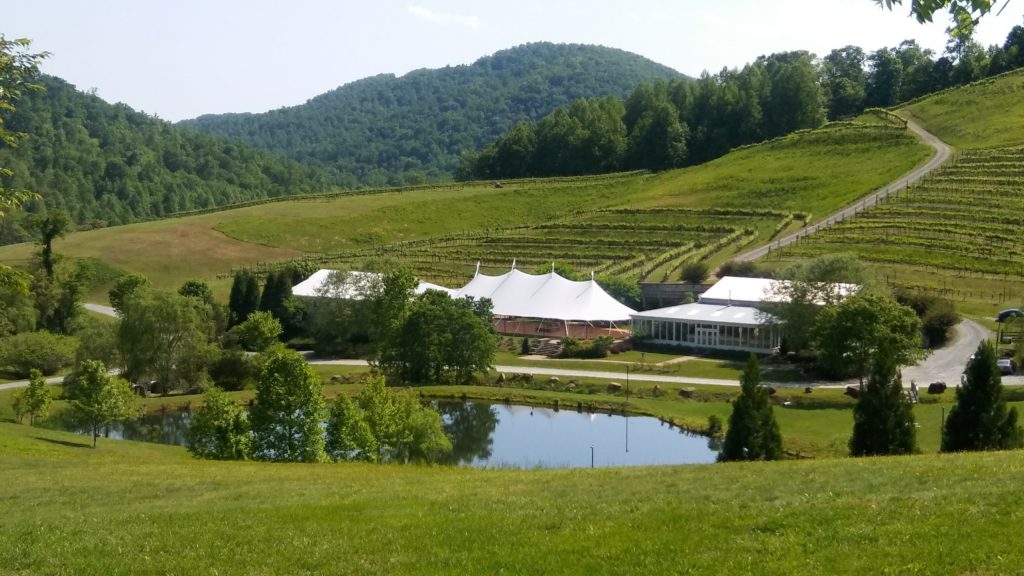
There are 300+ wineries, 28 wine trails, 10 winemaking regions, and 7 American Viticultural Areas (AVAs) in Virginia so get going!
You have a lot of wine tasting in your future. A Virginia Wine Pass will save you money on tastings, bottles, and more at participating wineries so you can sip your way through Virginia for less. Cheers ♥
ADDITIONAL RESOURCES:
- Discover Virginia Wineries (If you prefer, you can request a free copy of the Winery Guide)
- Choose a Wine Trail



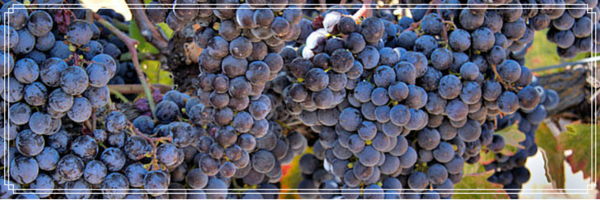




A good collection of interesting facts about Virginia wine! Now we definitely want to taste it!
So glad you enjoyed it, Lana! You may be interested in checking out My Favorite Virginia Wineries (So Far!) and 7 Things You Should Know About Maryland Wine as well. Cheers!
Great post. Gave me great ideas for some weekend adventures. Thanks!
Thanks, Lester. I checked out your website (www.realgear4realguys.com) and I’m sure you have some sharp clothes to wear when you go to the wineries.